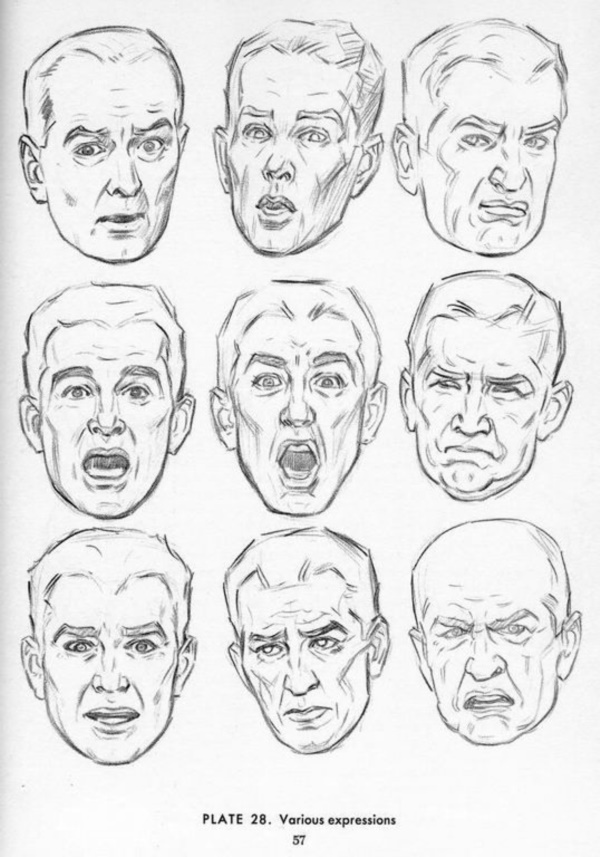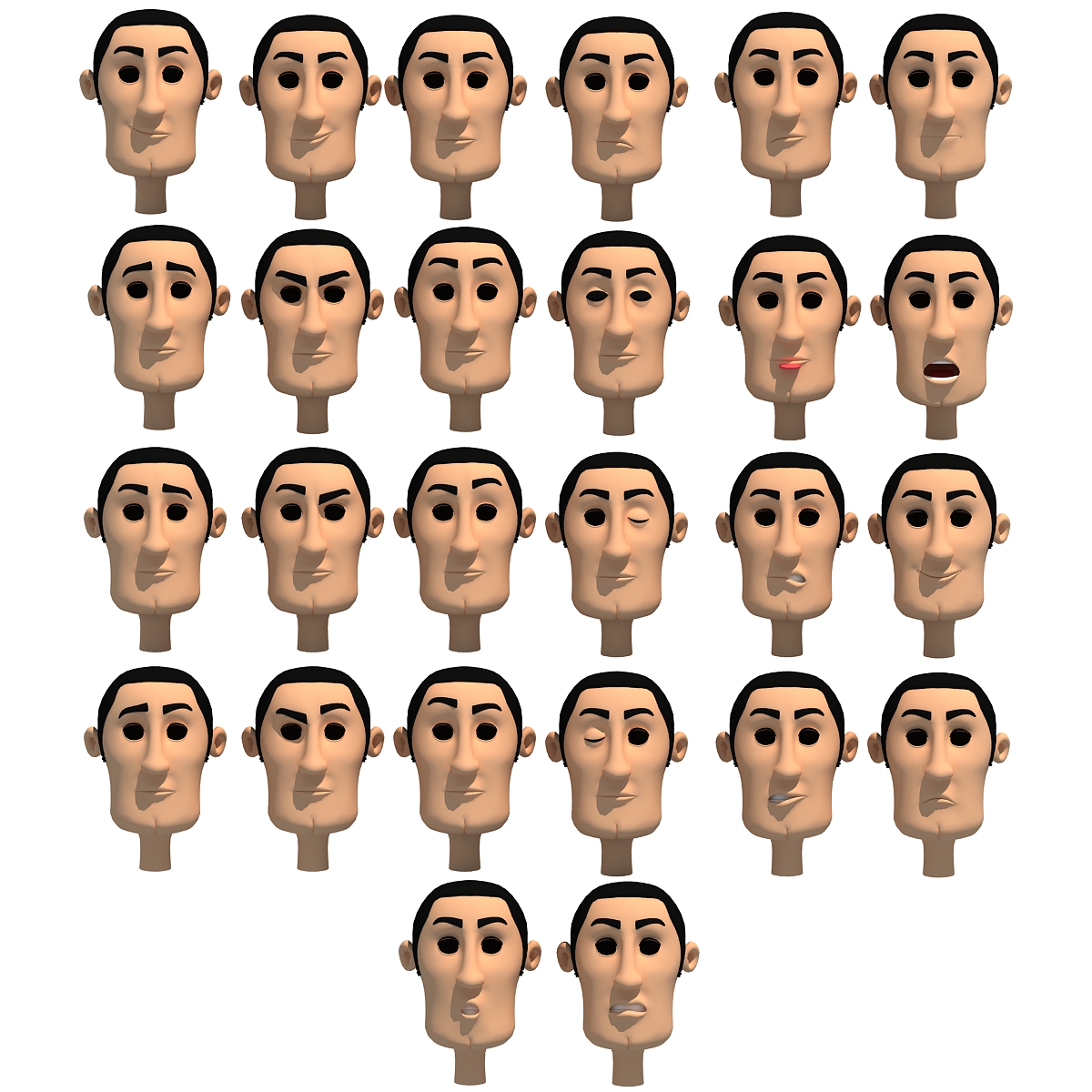

- #FACIAL EXPRESSIONS CHART MANUALS#
- #FACIAL EXPRESSIONS CHART SOFTWARE#
- #FACIAL EXPRESSIONS CHART PROFESSIONAL#
Secondly, blendshapes are the most effective way to represent facial action units. Firstly, Edge loop geometry to simulate muscular movement for facial motion to be similar to reality is recommendable. However, there is consensus about two desirable characteristics. There is no standard for facial geometry construction and animation.
#FACIAL EXPRESSIONS CHART SOFTWARE#
Thus, we use software tools to support the process as exposed below.
#FACIAL EXPRESSIONS CHART PROFESSIONAL#
Moreover, the idea of creating an avatar dataset without a huge professional team would be innocent. Despite the research in the automation of this process, results are not widespread used. With the experience of 20 years in 3D creation and training we conclude that avatar design and configuration for realistic facial expression is a very laborious task. We also describe the process to produce the images stored in the dataset and the interactive application to manage them. Then we describe the method followed to implement UIBVFED. In the following sections we first introduce the preliminary work about avatar facial geometry, motion setup and expression categorization. Two tasks are needed to achieve this goal: design the avatars and produce the facial expressions.

The main advantage is that users will have absolute control of the scene to compare the data from less controlled environments. We offer a new working framework different to data in the wild and other controlled environments. Our dataset has to be suitably labelled according to the regular affective computing standards to support analysis and facial recognition methods validation.

Users will be able to select the character that better suites to their interests and produce a facial expression controlling the intensity in a very simple and interactive manner. We aim to provide a tool more simple and agile than common bibliographic searching. Our goal is to develop an avatar dataset with the different facial expressions and emotional content. Most of the expressions are labelled according to the Facial Action Coding System (FACS) and none of these databases works with 3D avatars. These databases differ in several aspects: images or videos captured in controlled environments images or videos captured without any specific lighting or frame real expressions versus feigned expressions all types of expressions or only joyful of pain expressions. Face Recognition Web site includes a list of 97 facial expression databases for the same purpose. Kairos Web site provides 60 facial databases to build face recognition. The latter includes a detailed description of the others. Examples are the Extended Cohn-Kanade Dataset (CK+), MMI, RU-FACS, Genki-4K, UNBC-McMaster, Multi-PIE, O’Toole, MAHNOB, and AMFED. In the affective computing field public databases promote research into automatically detecting individual facial expression. To the best of our knowledge there is no any interactive software application to manage a database for facial expression description. However, artists use traditional bibliographic research methods when MOCAPs are not an option, either for budget or for artistic concerns. The industry uses motion capture techniques (MOCAP) to achieve maximum realism. For instance presents a dataset that includes more than 2500 photographs classified by ages, shapes, sizes and ethnicities, each demonstrating a wide range of emotions.
#FACIAL EXPRESSIONS CHART MANUALS#
Drawing manuals are visual references to solve this task. Aware of this, artists looked for the most accurate way of representing facial expressions. Facial expressions are the most effective method for humans to express emotions one emotion gives more information than a lot of words.


 0 kommentar(er)
0 kommentar(er)
